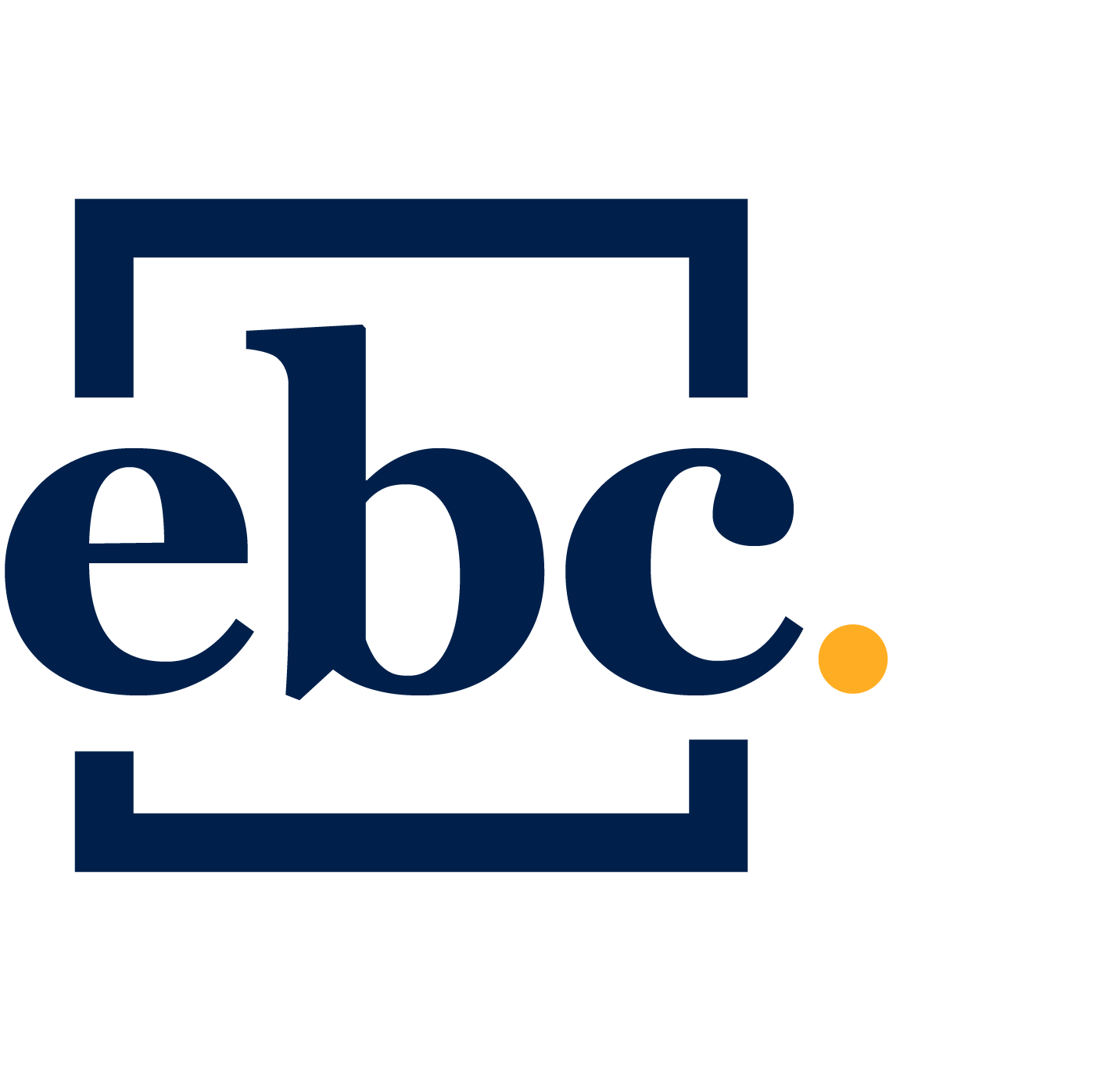401(k) vs. IRA: What are the differences?

Written By Jay

In this article, I will be covering the topic of 401(k) vs IRA and explore the difference, similarities, and how each one can fit into a well designed retirement plan.
When looking into retirement strategies, you’ve probably come across the terms IRA and 401(k) and wondered, “what’s the difference?”
While both are retirements and have many similarities, understanding the differences will help you decide which is best suited to your specific goals and circumstances. Perhaps you need to decide between a Roth or traditional type account or perhaps you want to know the limitations on contributions for each type of account.
401(k) vs. IRA: Table of Contents
Similarities
To start off, it might be easier to look at the similarities first. After all, these two types of investments have some important things in common and having a good understanding of what they are used will be helpful before diving into the differences.
Investing for retirement
Both a 401(k) and an IRA are investment accounts. What does this mean, exactly? This means that there are important limitations, specifically on when and how withdrawals can be made from these accounts.
Subject to market volatility
Neither of these investment accounts are immune to market volatility. This means that neither of these accounts are guaranteed and money can be lost in poor market conditions, just like typical investments.
Contribution limitations
Both of these accounts have limitations on how much can be contributed each year, depending primarily on age. At age 50 and above, catch up contributions can be made which effectively increase your contribution limit each year by a small amount.
Roth and traditional options
Both of these accounts are available in both roth and traditional forms. Each has its own downsides and benefits that will ultimately be determined by your situation and retirement strategy.
What is an IRA
IRAs were first established by congress as part of the Employee Retirement Income Security Act of 1974 to help workers without pensions to save for retirement. Originally, IRAs were limited to workers without pensions but were later opened to all workers as part of the Economic Recovery Act of 1981.
An IRA is an Individual Retirement Account available through investment firms and banks and can be set up by you without any involvement from your employer. Investments can include stocks, bonds, mutual funds and other investments but excludes certain specific types of investments such as collectables.
There are two main types of IRAs, both of which come with distinct advantages and disadvantages. These are traditional IRAs and Roth IRAs.
Roth
A Roth IRA taxes contributions made immediately at your current tax rate. The benefit of this is that when withdrawals are made in retirement, they are made tax free as taxes have already been taken from your contributions. In other words, you will be contributing to your IRA with after tax dollars.
One important difference between a Roth IRA and a traditional IRA is that Roth IRAs have income limits that will determine your eligibility to contribute. Traditional IRAs will let you contribute regardless of your income level while Roth IRAs will phase out your ability to contribute as you earnings reach the current modified adjusted gross income maximum of less than $214,000 for couples filing jointly and $144,000 for single filers.
Traditional
Traditional IRAs offer a different tax benefit in deferring taxes on your contributions and lowering your taxable income. This means that contributions that you make to your IRA are made without being taxed and these contributions can be deducted, reducing your taxable income each year. However, this also means that taxes will be taken out when withdrawals are made during retirement.
As mentioned earlier regarding Roth IRAs, there are no income limits determining your eligibility to contribute to a traditional IRA. Regardless of how much income you are earning you will still be eligible to contribute to your traditional IRA. Your ability to deduct these contributions will, however, be effected in a similar manner, being phased out as you approach a maximum income if you are a married filing jointly and your spouse is covered by a plan at work.
Limits
Another important difference between an IRA and a 401(k) is the limits on your yearly contributions. IRA limits are much lower than with a 401(k).
Both Roth and traditional IRAs have the same yearly contribution limit of $6,000 as of 2022, and from 2019, if you are under the age of 50. If you are 50 years old or older your allowable maximum contribution is $7,000. This is an increase from $5,500 and $6,500 respectively for years 2015 through 2018.
Benefits
The benefits of an IRA come in a couple of key forms. The first and most apparent is the tax advantages. With a traditional IRA, taxes on income that is contributed is deferred, helping you reduce your taxable income. If you opt for a Roth IRA, contributions have already been taxed meaning that when you make withdrawals in retirement there is no income tax.
Another major benefit of an IRA is that it is not tied to your employer. An IRA is your investment account and that gives you decision making power. A 401(k) is employee sponsored retirement plan that you are participating in. This can be a benefit for some who like to let others handle their finances but can be frustrating if you prefer more involvement and decision making authority.
What is a 401(k)?
A 401(k) is a tax advantaged retirement account that is offered through your employer. As an employee, you can have a set amount or percentage automatically deducted from your pay each period before taxes, effectively reducing your taxable income.
These contributions are invested depending on accepted levels of risk as part of setting up your 401(k) with your employer, allowing you to make more or less risky investments.
As with IRAs, there are two main types of 401(k)s, with some additional types not covered here. For the sake of comparison I will cover the Roth and traditional 401(k) types.
Roth
A Roth 401(k) is a retirement account that, just like a Roth IRA, is contributed to using already taxed dollars. This means that income taxes have already been paid on contributions and withdrawals are not taxed during your retirement. While there is no tax advantage at the time of contribution, withdrawals will be made tax free.
Traditional
A traditional 401(k), also like a traditional IRA, is a retirement account that is contributed to using pre tax dollars. This helps reduce taxable income in the period contributions are made and defer your tax burden. Contributions will not be taxed but withdrawals will be.
Employer contributions
One potential benefit of a 401(k) is employer contributions. Generally, an employer will make contributions in addition to contributions that you make, often matching your contributions up to a specified limit. Employers may have various qualifications in place to determine matching levels. For example, there may be minimum required contributions by an employee before an employer will contribute.
Limits
Just as with IRAs, there are limits to how much can be contributed to a 401(k) each year. Unlike IRAs, however, this limit is much higher. For both Roth and traditional 401(k)s, the maximum that can be contributed to your 401(k) is the lesser of 100% of your compensation or $61,000 for 2022.
Benefits
Just as with IRAs, 401(k)s enjoy the same type of tax benefits regarding traditional and Roth varieties. Which type you chose will depend on whether you prefer to defer your taxes into retirement or if you would rather be able to receive tax free distributions from your account later on.
The big benefit with a 401(k) over an IRA would be employer contributions. This is free money, or at least freely given. There is also a higher annual contribution limit when compared to an IRA, allowing you to put more toward retirement each year.
Penalties for early withdrawal
As IRAs and 401(k)s are retirement accounts, the IRS has imposed limitations and penalties surrounding the early withdrawal of funds with limited exceptions.
The general rule is that there are penalties for withdrawals made if you are not yet age 59½. What exactly is the penalty to early withdrawal? The penalty for early withdrawal comes in the form of a 10% additional tax. This is in addition to normal taxes that would be paid on withdrawals from a traditional 401(k).
One exception to this is for hardship withdrawals. In order to make a hardship withdrawal from your 401(k), the iRS requires your financial need to be “immediate and heavy” and the amount of the withdrawal must be enough to satisfy the financial need.
For IRAs, you may make early withdrawals without financial hardship, however, the 10% tax penalty will apply as will any other applicable income taxes.
Which to choose
Deciding whether to invest in a traditional or Roth type account really depends on what tax strategy you want to implement which will determine whether a Roth or traditional account is more appropriate for you.
As mentioned earlier, there are pros and cons with each and you should take into consideration how much control you want to exercise over your investments. As for choosing between an IRA and a 401(k), there’s no need to pick one over the other because luckily, you can invest in both. Investing in both an IRA and a 401(k) will increase the amount that you can invest in a tax advantaged retirement account.
The most important thing to take away from this is to start investing. If your employer offers a 401(k) plan, talk to your HR department about options and consider contributing. If you don’t have an IRA set up yet, now is the time to start putting away for your retirement. The earlier the better!
DISCLOSURE: THIS POST MAY CONTAIN AFFILIATE LINKS AND/OR PAYED PLACEMENT. PLEASE READ MY DISCLOSURE FOR MORE INFO.






0 Comments